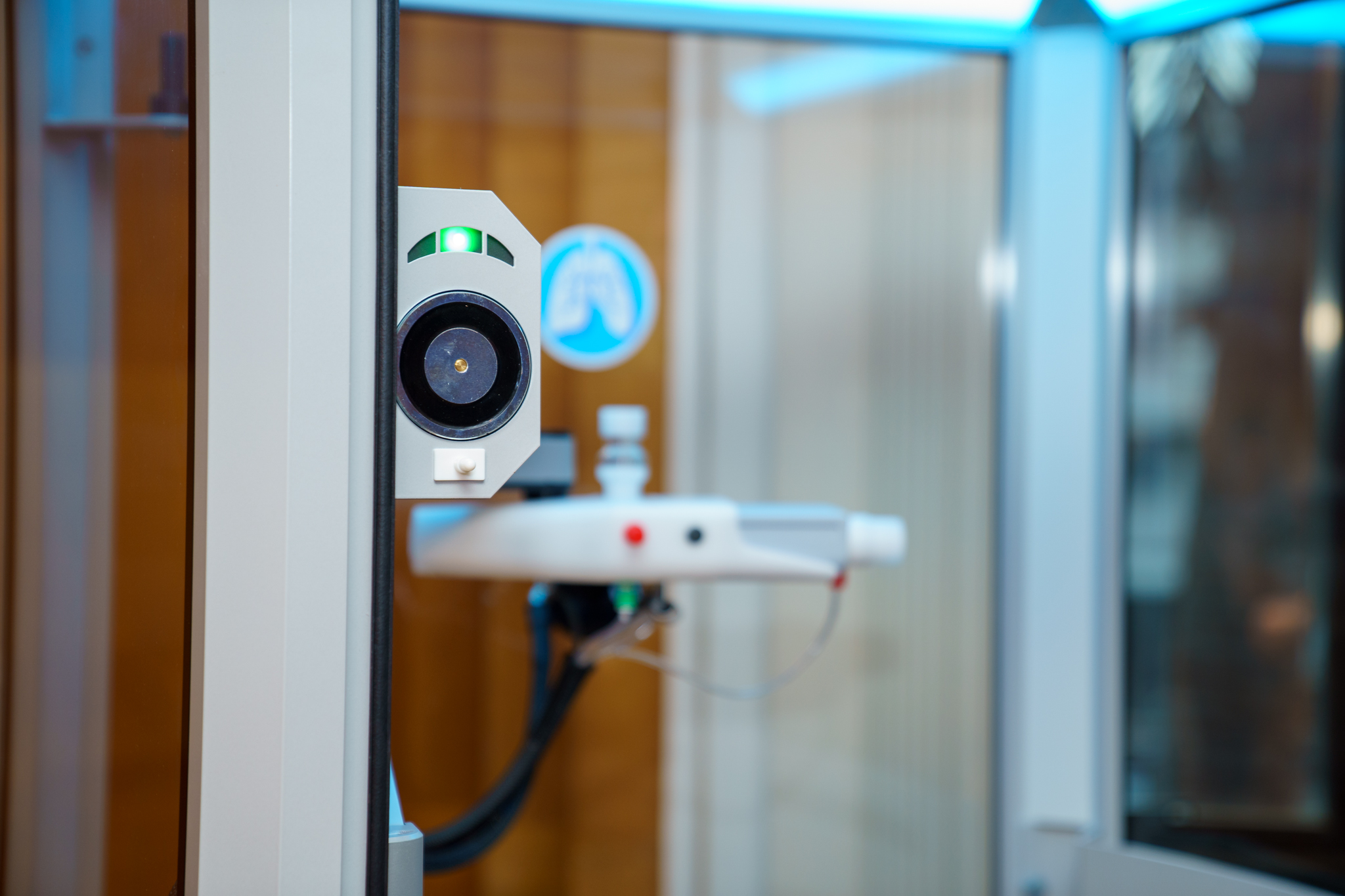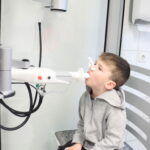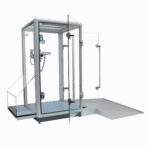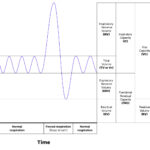Understanding Functional Residual Capacity (FRC) in Respiratory Physiology
Functional Residual Capacity (FRC) is a crucial measurement in respiratory physiology, representing the volume of air remaining in the lungs at the end of a normal, passive exhalation. Understanding and measuring FRC is vital for assessing lung function, diagnosing pulmonary conditions, and managing respiratory health. This article delves into the significance of FRC, how it is measured, and its clinical implications.
What is Functional Residual Capacity (FRC)?
FRC is a key lung volume that reflects the amount of air left in the lungs after a normal exhalation, providing insight into the lung’s ability to maintain adequate gas exchange and airway stability. FRC is composed of two main volumes:
Expiratory Reserve Volume (ERV): The additional air that can be forcefully exhaled after a normal exhalation.
Residual Volume (RV): The air remaining in the lungs after a maximal exhalation, which cannot be expelled.
Mathematically, FRC is calculated as:
FRC=ERV+RVFRC=ERV+RV
Measuring Functional Residual Capacity
Several methods are used to measure FRC, each with its own advantages and applications. The primary methods include:
1. Helium Dilution Technique
The helium dilution technique involves the patient breathing in a known concentration of helium from a closed circuit. Helium is an inert gas that does not get absorbed into the blood. By measuring the change in helium concentration and knowing the initial volume of helium, the FRC can be calculated. This method assumes that helium is evenly distributed throughout the lung and the gas volume measured reflects the FRC.
2. Body Plethysmography
Body plethysmography, as discussed earlier, is another technique used to measure FRC. In this method, the patient sits inside a sealed, airtight chamber and breathes through a mouthpiece. The patient pants against a closed shutter, causing pressure changes in the chamber that are used to calculate thoracic gas volume (TGV), which approximates the RV. The FRC can then be determined using:
FRC=TGVFRC=TGV
3. Nitrogen Washout Technique
This technique involves the patient breathing 100% oxygen, and the nitrogen, which is normally present in the lungs, is washed out. By measuring the volume of nitrogen exhaled, the FRC can be estimated. This method is less commonly used compared to helium dilution and body plethysmography but can be useful in certain clinical settings.
Clinical Significance of FRC Measurement
Understanding and accurately measuring FRC has significant implications for clinical practice:
Assessment of Lung Function: FRC provides insight into how well the lungs can maintain gas exchange. Decreased FRC can indicate conditions such as restrictive lung diseases, where the lung volume is reduced. Increased FRC may suggest obstructive lung diseases, such as chronic obstructive pulmonary disease (COPD) or emphysema, where air trapping occurs.
Diagnosis and Monitoring of Respiratory Conditions: Changes in FRC can help diagnose and monitor respiratory diseases. For instance, a decrease in FRC may be seen in conditions like pulmonary fibrosis, while an increase can occur in asthma or emphysema.
Evaluation of Treatment Efficacy: Regular measurement of FRC is useful in assessing the effectiveness of treatment for chronic lung diseases. By monitoring changes in FRC, healthcare providers can evaluate how well a patient’s lung function is responding to therapy.
Pre-Surgical Assessment: FRC measurements are essential in pre-operative evaluations to assess a patient’s respiratory status and predict potential complications related to surgery. This is especially important for patients undergoing procedures that may impact lung function.
Conclusion
Functional Residual Capacity (FRC) is a vital component of respiratory physiology, offering valuable insights into lung function and overall respiratory health. Accurate measurement of FRC is crucial for diagnosing and managing various pulmonary conditions, assessing treatment efficacy, and conducting pre-surgical evaluations. As respiratory health continues to be a central focus in medicine, understanding FRC and utilizing appropriate measurement techniques play an essential role in enhancing patient care and advancing our knowledge of lung function.




